What Healing Taught Me about Prayer
At 16, I came to my first Quaker meeting and fell in love with the deep, extended quiet in which only a few spoke in that long hour. I felt deeply at home at last.
I had been informally raised Catholic, by which I mean I did only one ritual and that was called “first communion.” It was supposed to be done in first grade at six years old. I was seven, and the two Catholic moms teaching that beginner class had looks of horror when they heard that I knew no prayers. Three prayers in particular were assumed to be known at this age. Here I was, seven years old and already judged as a lost child in a dysfunctional family of heathens.
I struggled with the idea of prayer being the beseeching of this guy God, who seemed to be the biggest landlord ever, owned everything, and was such a grouch that anything could dangerously set him off, and then—as they say—God help you!
I began to understand that for me this approach felt like whining and laying down as a victim. Oh, Big Daddy God, please, I don’t know anything and have no power. You are all powerful; please let my team win this football game! This may well be the most common understanding of prayer: begging for outcomes and supposing the most sincerely expressed need wins.
Over time, the better position seemed to me to ask, what are you showing me, and what is it you’d like me to learn? I do this speaking generally to the universe, as the word and idea of “God” seems to be copyrighted by clergy whose ideas of congregational dependency and full employment taint every word. That’s the sort of posture I came to when I thought of prayers and God in general. There certainly is a power: something large and beyond human conception. It’s not the big, old White guy on the cloud; it’s something else: something that doesn’t want passive obedience but rather a worker ready to roll up sleeves. This view began to sort itself out in me while I was a young Montessori teacher of small children.
Later, as my life descended into hands-on work in the rape crisis and the AIDS wars, I felt myself get common with God on a verbal level. Shaking my fists at the sky, I yelled, “What the hell is going on here? Why are these women and children suffering so? You’re going to kill all these men? And for what? So I can be in the School of Life learning compassion? Are you kidding me? Who the hell is scheduling up there? Graduate students?”
And by and by—if one studies hard—there comes a set of disciplines that help with growth and restoration from the battlefield of compassionate work. What do I know about rest, concentration, listening, mercy, and all my own obstacles?
An important discipline is learning the essence of a thing. Discover what the essence of good touch is, and then fashion a massage for trauma. A study of the essence of prayer is also important. What is prayer, and how is it done without surrendering all our gifts and knowledge to fear and whining? What is prayer at its essence?
For me, there was something about learning to lean into a gut feeling about how to proceed: a kind of surrender but also a strong sense of rightness. The preparation for reaching this place was to lay down the noise of the world and the noise of my own mind rattling on about mere stuff. Humility comes first, like wiping your feet at the door and then coming in.
I learned to be aware of humorous signs along the way. Spiritual post-graduate work includes keeping a necessary sense of humor and noticing when the universe is being a trickster coyote with you. Is this an obstacle, or is it just a challenge that I should first laugh at and then move gracefully forward or sideways?
There certainly is a power: something large and beyond human conception. It’s not the big, old White guy on the cloud; it’s something else: something that didn’t want passive obedience but rather a worker ready to roll up sleeves.
Years ago, an elder mentor of mine strongly suggested that I have several spirits guiding me and that I must invite them to work together within me and listen very carefully with each sense so as to be well-guided. (This is not a great discipline for those of us with learning disabilities whose focus is squirrely and on the move.) It’s been a struggle for me to always be prepared: the work you do to get ready before beginning to work. As a healer, I bring a certain reverential tone to each task, before and after inviting help from all my spiritual tutors who gave me great guidance in fieldwork for four decades.
Another part of prayer for me became the spiritual practice of gratitude: I am so happy for this work and this gift. Gratitude is a shortcut to mercy. If you can feel grateful that one thing is working well in your life, that eases the way to feel merciful with yourself and others. I think a good prayer always starts with gratitude then moves on to asking to learn.
Listening and observing carefully allows me to discern what is my work and what isn’t. Don’t expect to do all the good works that one can see need doing. Choosing well serves everyone better, including oneself.
Another piece of this complexity that I’m trying to explain is this: I come to the end of a work and ask to be washed of all the despair I’ve seen. Why not? You showed up and did your best; after saying thank you, the least that you can ask for is a shower of Light.
My sense of prayer includes an openness to learning whatever is being shown to me: this is the polite way of my past yelling, “What the hell is going on here?!”
I’ve been asked to pray for many people. Here’s what that experience has grown into and become for me. I gather some deep quiet and stillness. Then, with all my tenderness, I bring into my awareness and consciousness a sense of the person’s essence, feel it deeply, and share my essence of calm and reverence, always listening for any messages. It’s a joining of beings, sensing another’s experience and bringing a gift of peace. It is carrying Light to need, not joining in suffering (which honors no one).
The simple work of spiritual care is easily spoken, but the concentration and maintenance of an open posture is exhausting, especially while living in a noisy, popular culture of commerce rather than community. This discipline is to be grown over time.
Like sitting in meeting for worship, we can strengthen the muscles that let us be still and not hear ourselves. One’s capacity to listen without thinking comes to that quiet place of wonder and awe. That’s when prayer is most organic: it’s lots of power that only needs witness, and the meaning becomes clearer later.
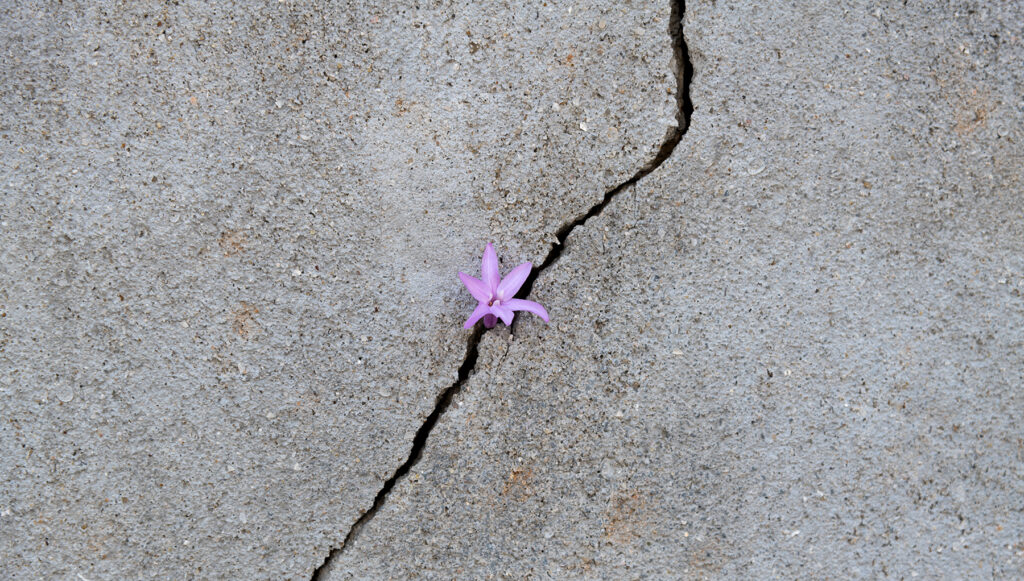
I became very ill a while back, and all my gifts and all my guidance seemed to disappear. It got very quiet and tiny—too small to use. A new experience, compassion, caused an ache in my chest. I was to stop all work and focus on my own wellness. Now, many months down the road, there is some recovery of messages and slightly warm hands, but clearly I’m in a new place of learning. The tone of my life remains while the motions and intentions have shifted.
To be without enough energy to summon angels, to bring someone to heart and mind until you can feel them, and then to share a gift of peace and care to help someone toward healing— to be without these things and have them gone was shocking. For me, this meant no prayer. It also meant no moments of grace for me to be washed.
I wasn’t going to revert to my old victim posture of “Big Daddy God knows all, and I am helpless; please save me.” Once one sees the limits of that practice, stepping outside the confines looks good, if scary. Of course, panic and helplessness may be logical first responses; we’ve all had these feelings, but they’re just stepping stones, not homesteads.
Is it possible for me to say all this without being misunderstood? Probably not. We are aspects of the Divine, the fingers and breath of the Divine. Teaching this in divinity programs took some explaining. Since we are aspects of the Divine, our main task is maintaining connection to it. How do we stay on the spiritually conscious plane of awareness even in the noise of day-to-day life?
The repeating of words and phrases have been useful to many over many generations and cultures: making prayer simple, accessible, and portable. This is especially so if experienced somatically; Quakers are known to feel changes in their bodies as reverence takes hold and there is a surrender toward Light, away from common day-to-day thought. This is what happens to us in meeting for worship, right? As long as we’re open to it.
Conversations with the Divine tend to be of two flavors: thanks and help. If prayers ever rise above “oh poor me,” these can inform if there is patience and listening on our part. Mostly I experience the release of tension, conflict, or fear within myself. I open to what might be learned and what mercy can be had. What overview am I capable of that will reduce the pain and confusion that controls so much of the world and each of our perceptions?
Like sitting in meeting for worship, we can strengthen the muscles that let us be still and not hear ourselves. One’s capacity to listen without thinking comes to that quiet place of wonder and awe. That’s when prayer is most organic: it’s lots of power that only needs witness.
Healing is more mysterious than prayer. It’s bigger and occurs in dimensions that we cannot be sure of. Healing is an old word that originally meant “bringing all the pieces back together again.” My experience of healing is limited to helping people with trauma: the worst things that happen to people and change their feelings for the worse about being in the world. In the case of trauma, all the pieces do not come back together. One heals enough so that pain and confusion from trauma are less, maybe much less.
This kind of work meant learning at all levels and went on for 40 years. The learning was monstrous: huge and constant. Are you a disciplined person? I spent the first third of my life laying down restrictions and other people’s orders of how to be in the world. Early violence can turn a child into a stubborn warrior. Then comes grown-up time in which to choose which disciplines are necessary.
There is the discipline of rest; there is the discipline of nutrition and stimulants. There is the constant watching to see if something or someone is about to present themselves, and if so, is it my work to engage: not my choice, but is it my work? Sometimes when someone approached, I would cast out sensors to feel what the nature of the hurt might be. In my understanding, my angels or spiritual tutors were always ready to message me. Is this mine? What is the nature of the wounding? If I could feel correctly where the pain was before they spoke, then I knew it was my work to release what hurt was possible at the moment. This is a constant state of mind.
There is the dynamic that one’s own healing will inform the work we do with others. And the healing work one does in the world also informs us about our own healing. This should be pondered, not prodded or pushed, but open to wonder.
There was another more mysterious and common event. I would walk into a room to teach 25 to 70 people. As I surveyed the crowd, certain faces would appear to me to be dear ones I’ve never met. It was not unusual to feel a giant, tender weeping at finding this long lost stranger so that I could help. Being prepared meant big work got done. Not being alert for any reason meant missing the mark and someone’s relief.
Some people would come forward for hands-on work. They would tell the most horrible story of malice. All the while, I would be smiling and nodding, knowing that much of it was about to be stripped away in a moment of grace. More than that I cannot explain: it just happened over and over. As day jobs go, I had to be strong, awake, and able to escape or pace myself in order to rest deeply all the time. It meant learning compassion for the rapist and the murderer. It meant making as beautiful a life as possible so that I could wade into the worst humans had to offer.
Prayer and healing are very individual and personal experiences. My words may not have meaning for you. Or maybe there’s a hint of something akin to my experience, but all the details are different. Spiritual life means laying down all the assumptions, especially what you’ve been told by “experts.” And this is why Quaker silent meeting for worship is a grand garden not to be entered into unless one wants to travel far from wherever you are.


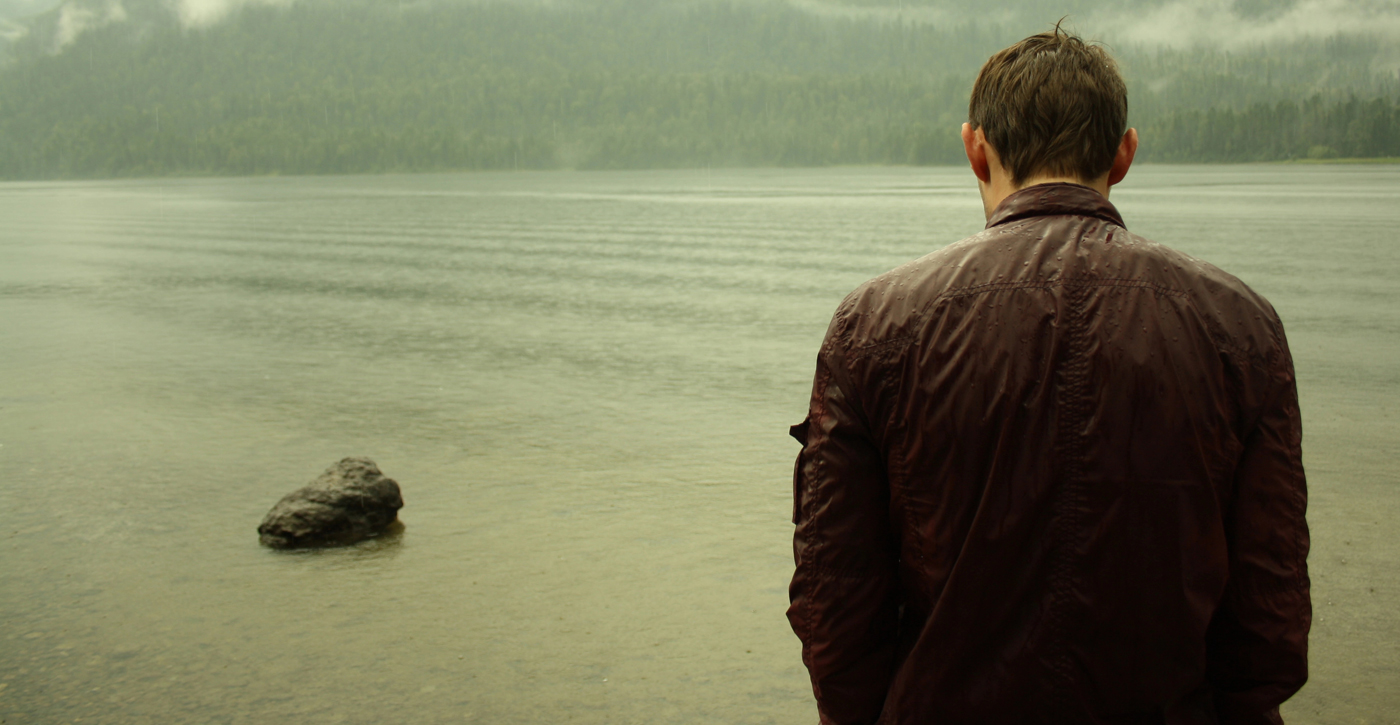
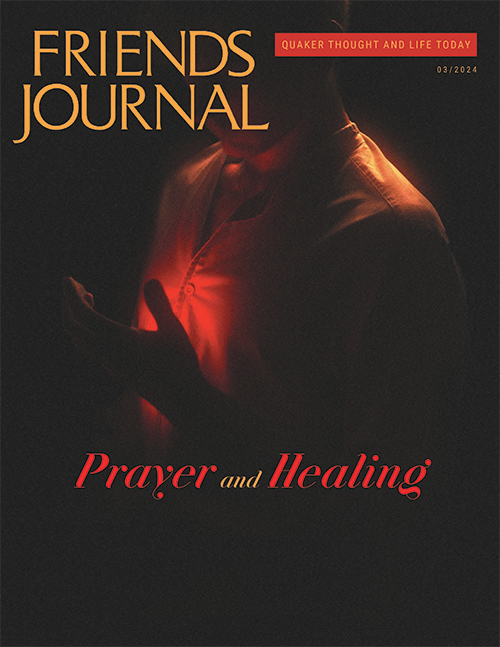
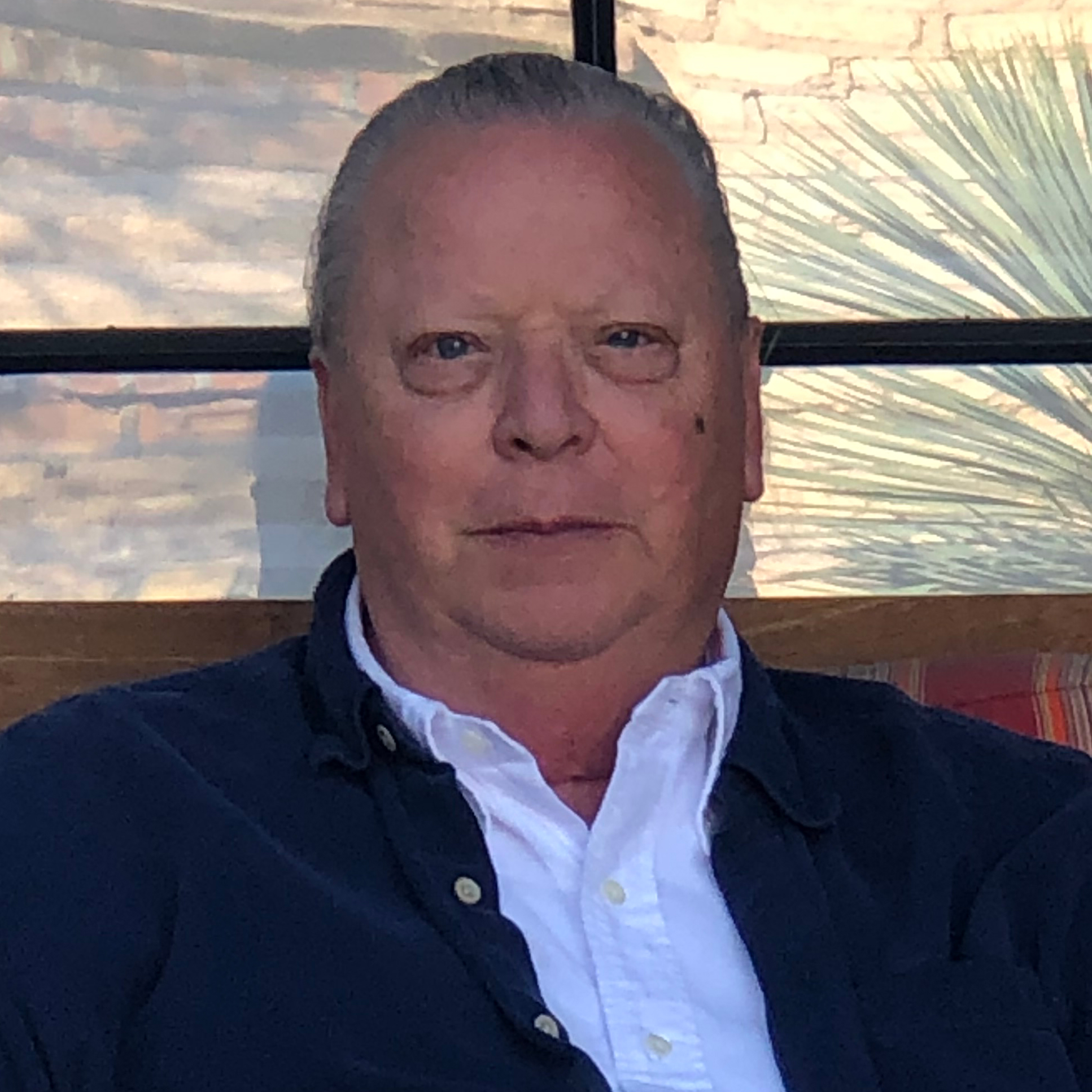
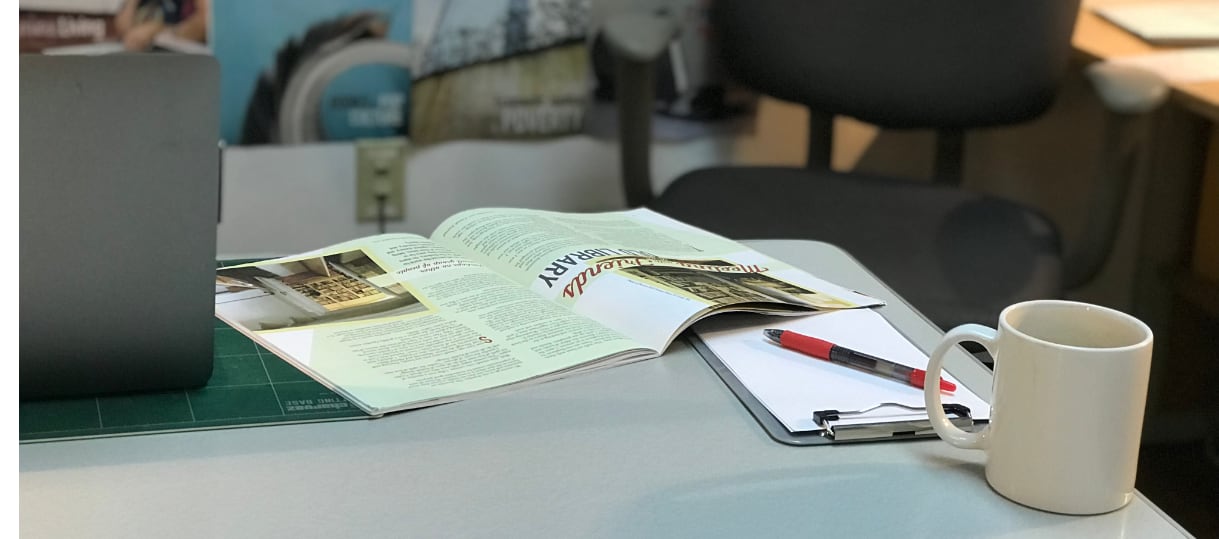
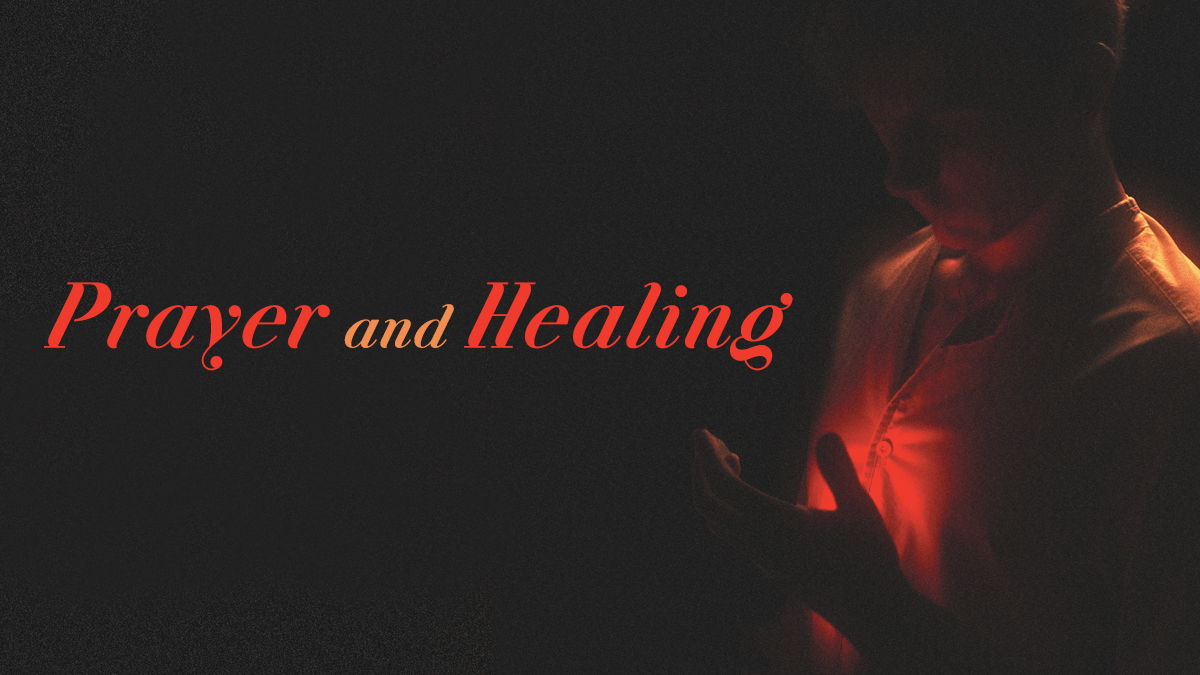
Wonderful insights into both healing and prayer. The reminder that stepping stones are not homesteads is just one of the many images from this piece that will stay with me.
Thank you so much, for sharing John with us. As I read the article, I felt him speaking.
Thank you, John, for sharing this. I would love to think that holding you in the Light, to the best of my ability, would bring you back to the state you were in before. But experience is teaching me that we don’t go back; in the best scenario we move forward to what the universe holds for us, and I’m guessing that you know that. As you have been teaching us, the work is to listen, and hear and feel. And then move.